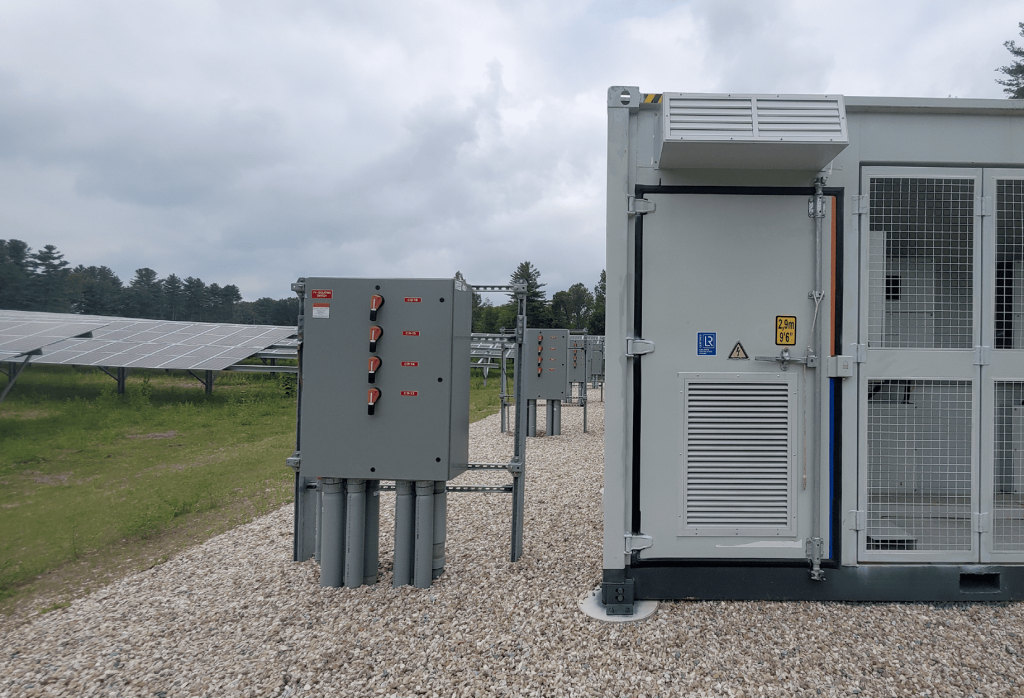Optimizing energy yield in the rapidly growing solar energy industry is crucial for maximizing profitability and achieving the expected return on investment. This blog explores various techniques and methodologies for assessing energy yield in solar photovoltaic (PV) systems. It delves into factors influencing solar power generation and performance and the best practices for maximizing energy yield from solar assets. For complete optimization, solar power stakeholders using AI-driven software can improve performance and financial outcomes by making informed decisions based on these techniques.
Energy Yield Assessment Techniques and Methodologies
Energy yield assessment is a critical step in evaluating the performance potential of solar PV systems. Various techniques and methodologies are employed to estimate solar assets’ energy production, including advanced solar resource modeling, weather data analysis, and performance ratio calculations. Energy yield assessment helps in forecasting the expected energy output of a solar project, enabling stakeholders to gauge its financial viability and make informed investment decisions.
Factors Influencing Solar Power Generation and Performance
Several factors impact the generation and performance of solar power systems. These include solar irradiation levels, shading effects, temperature, system design, module quality, and maintenance practices. Understanding how these variables influence energy production is essential for optimizing the performance and efficiency of solar assets. Identifying and mitigating factors negatively affecting solar power generation can maximize energy yield and improve overall financial performance.
Best Practices for Maximizing Energy Yield from Solar Assets
Following best practices is crucial to achieving the highest energy yield from solar assets. These practices include regular solar panel inspection and maintenance to ensure optimal condition and efficiency. Monitoring and analyzing the system’s output over time helps identify deviations or underperformance. Effective cleaning strategies and periodic module performance testing are vital for maintaining peak energy production. By adopting these best practices, solar asset owners can maximize their energy yield, extend the lifespan of their equipment, and ultimately improve the financial return on their investment.
Drive Performance with Athena and PowerTrack
Stem’s AI-driven Athena® platform and PowerTrack application are potent tools that drive performance optimization and monitoring for distributed energy infrastructure. The integration of software with the asset is essential for achieving optimal performance. With Athena, you can seamlessly scale and automate the operation of distributed energy infrastructure that caters to a wide range of site sizes, even up to tens of megawatts. One critical feature of Athena is its economic optimization capabilities, utilizing machine learning algorithms to predict, optimize, and control the energy system continuously. Athena analyzes customer load requirements and solar generation forecasts for efficient energy management.
Additionally, PowerTrack, an advanced monitoring solution, provides comprehensive data acquisition, validation, and management for storage assets. It offers real-time insights and valuable information to optimize the performance of solar portfolios. With Athena and PowerTrack, Stem empowers businesses to maximize the potential of their energy assets and drive sustainable and cost-effective operations.
